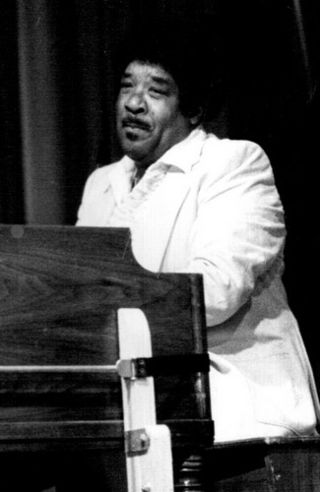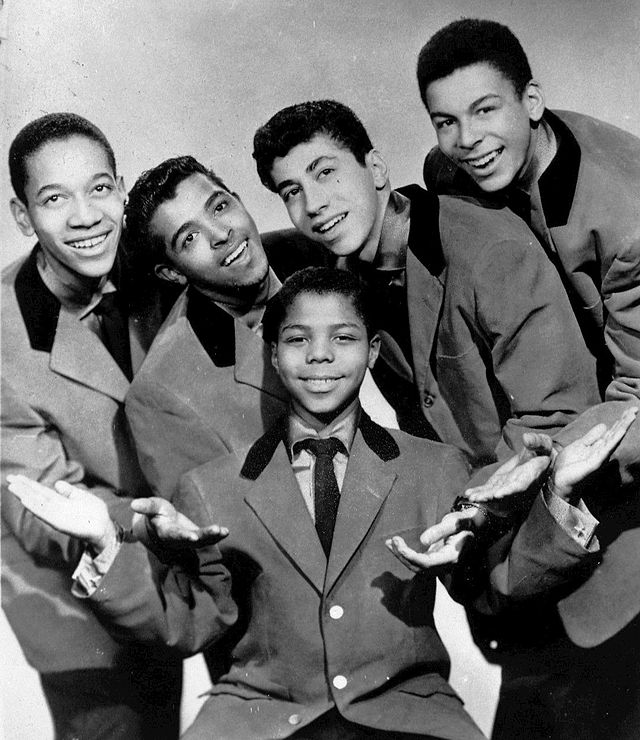List_of_Billboard_number-one_R&B_songs_of_1956
In 1956, Billboard magazine published three charts specifically covering the top-performing songs in the United States in rhythm and blues and related African-American-oriented music genres. The R&B Best Sellers in Stores chart ranked records based on their "current national selling importance at the retail level", based on a survey of record retailers "with a high volume of sales in rhythm and blues records". The Most Played R&B by Jockeys listing ranked songs based on the "number of plays on disk jockey radio shows" according to a weekly survey of "top disk jockey shows in all key markets". The Most Played R&B in Juke Boxes chart was based on "plays in juke boxes thruout [sic] the country" derived from a survey of "operators using a high proportion of rhythm and blues records". The three charts are considered part of the lineage of the magazine's multimetric R&B chart launched in 1958,[1] which since 2005 has been published under the title Hot R&B/Hip Hop Songs.[2]
In the issue of Billboard dated January 7, the number-one position on both the best sellers and jockeys charts was held by "The Great Pretender" by the Platters; the song topped the former listing for the first 10 weeks of 1956 and the latter for the first 11 weeks. It also reached the peak position on the juke box chart in the issue dated January 28 and remained there for nine weeks, meaning that for seven weeks it was atop all three listings. The song also topped the pop charts, an unusual occurrence at the time for a black act, and has come to be regarded as a pop and R&B classic;[3][4] the song has been inducted into the Grammy Hall of Fame and was included in Rolling Stone's 2003 list of the 500 Greatest Songs of All Time.[5][6] The song's spell leading the jockeys chart was the year's longest unbroken run at number one on any of the charts; the highest total number of weeks atop any one chart was achieved by Bill Doggett's "Honky Tonk (Parts 1 & 2)", which spent 13 non-consecutive weeks at number one on the best sellers listing.
Several of 1956's number ones were by acts regarded as among the most influential in the development of rock and roll music, which had broken into the mainstream in the previous year.[7] In April, Little Richard gained his first number one when "Long Tall Sally" reached the peak position on all three listings;[8] although his period of chart-topping success would last only until 1957,[8] AllMusic describes him as "arguably the greatest and most influential of the '50s rock & roll singers".[9] In September, Elvis Presley achieved his first R&B chart-topper when the double-sided single "Don't Be Cruel" / "Hound Dog" topped the juke box chart; the single went on to also top the best sellers chart but neither side reached number one on the jockeys listing.[10] Presley would go on to be regarded as the most successful and influential recording artist of all time, feted as the "King of Rock and Roll".[11][12] Fats Domino, another pioneer of rock and roll, had achieved number ones prior to 1956 and was one of the most successful artists of the year; his recording of "Blueberry Hill" had lengthy runs atop all three charts and ended the year at number one on all the listings.[13][14]



